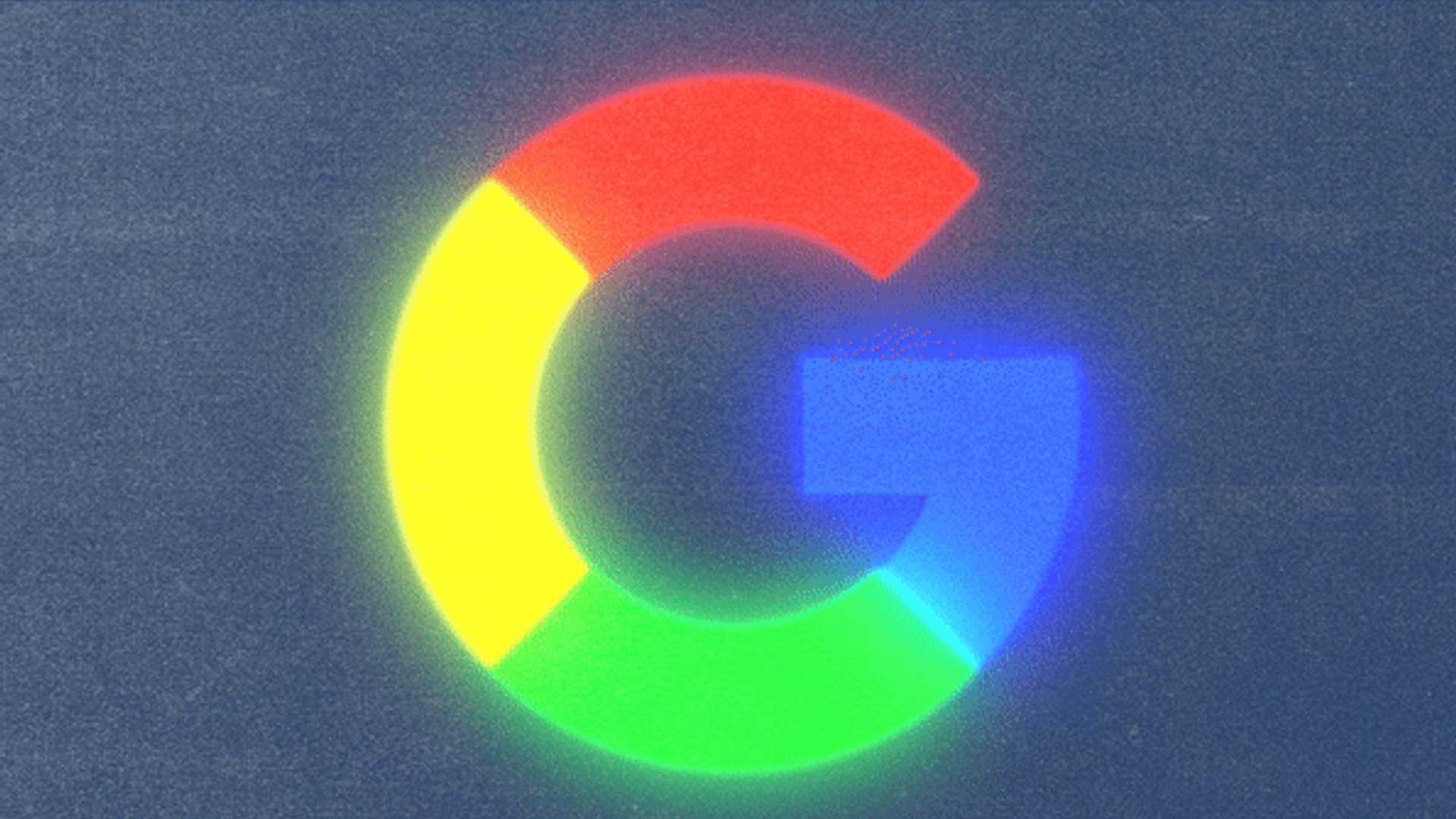What is “query fan-out” in Google's AI mode?
Google's AI-powered search feature, AI Mode, operates differently from its traditional search engine through a technique known as “query fan-out.” This complex method is utilized to provide users with answers to their questions. AI Mode, which is fueled by Google's large language model Gemini, scours the web for information in order to generate concise responses to user queries. The introduction of AI Mode to U.S. users last month has left publishers grappling with how it will impact their SEO strategies.
The Concept of Query Fan-Out
When a user inputs a question into AI Mode, the AI model dissects the query into multiple search queries pertaining to related subtopics. This approach, known as query fan-out, involves analyzing the “subintents” behind a search query. For instance, if a user searches for “best sneakers for walking,” AI Mode may break down the query into subqueries like “best sneakers for men,” “best sneakers for walking in different seasons,” and more. This process occurs behind the scenes in real-time, enabling the AI model to aggregate information from the web and deliver a synthesized answer that encompasses all relevant details.

Implications of Query Fan-Out
AI Mode's query fan-out functionality allows it to address longer, intricate queries that traditional search engines may struggle with. By anticipating the various facets of a user's search journey, AI Mode aims to retain users within the search experience by providing comprehensive answers without the need for additional clicks. Unlike traditional search engines that rely on keywords, AI Mode triggers multiple distinct queries based on a single search input, leading to diverse search results.

Furthermore, while traditional search engines evaluate entire webpages to generate results, query fan-out in AI Mode extracts relevant “chunks” or passages from web content to formulate responses. This evolution in search methodology has significant implications for publishers, who now need to adapt their SEO strategies to align with AI Mode's search behavior.
Challenges and Strategies for Publishers
SEO experts acknowledge the evolving landscape of search optimization brought about by AI Mode. Ranking for individual keywords is no longer the primary goal; instead, publishers must focus on providing valuable information across various sub-queries to enhance their visibility in search results. Strategies such as E-A-T (Expertise, Authoritativeness, Trustworthiness) remain crucial, but content creators must now prioritize structuring their content to cater to AI models.
As AI Mode streamlines the search process for users, publishers face the challenge of reduced referral traffic to their websites. Adapting to this new paradigm involves crafting content that is easily comprehensible to AI models, emphasizing real-world experiences, and addressing potential user queries throughout their search journey. By anticipating sub-queries and diverse search intents, publishers can enhance their chances of being surfaced in AI Mode search results.

Ultimately, the shift towards query fan-out underscores the need for publishers to provide comprehensive and informative content that aligns with user search behavior in the age of AI-powered search engines.




















